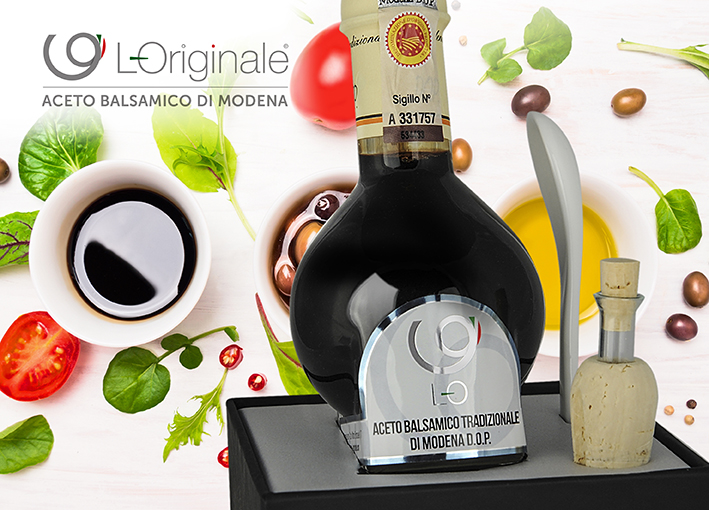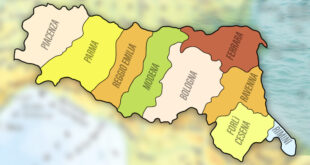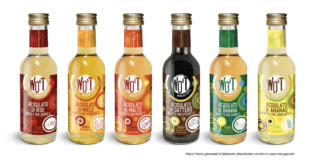De Vita Mathildis of Donzoni, the Georgiche of Virgilio and the Opere of Columella: what do these literary works have in common? Well, they all contain cultural references to Traditional Balsamic Vinegar, the black gold of Modena.
In the first text, in fact, we read that Henry III, the duke of Franconia, while traveling to Rome in 1046, asked to Bonifacio III of Canossa about that “so beloved product, that became the finest of the finest”. Although the word “Balsamic” was not mentioned, the importance of the product is confirmed by the fact that Bonifacio gave the product to Henry in a silver bottle and that the duke sent back several horses and some raptors to thank him for the gift.
It si well known that the ancient roman people, not having sugar, used to cook and reduce the grape musts until they obtained different concentrations: these were called Saba, Defruto and Caraeum as Virgilio told us in the Georgiche. Also the latin author Colummella wrote about the particular behavior of these musts that, after the cooking, continued to ferment and acetify.
In 1518 also the Italian poet Ludovico Ariosto mentioned the precious condiment in the satire III addressed to his cousin Annibale Malaguzzi. However, we must wait until 1747, when the adjective “Balsamic” appeared for the first time in the register of “Harvests and wine sales” of the Este dukes.
Then, in 1839 the count Gallesio visited the residence of the count Salimbeni of Nonantola to study the variety of grapes of the Modena area. He was very impressed by the family Vinegar cellar and decided to dedicate some days to the study of the techniques of production. His manuscript “Travel notes” constitutes the most ancient “technical” document in which the methods of production of the Black gold of Modena are described.
The first scientific study dates back to 1863 with the analysis conducted using the (at the time) modern techniques by the chemist Fausto Sestini who highlighted all the peculiarities of Original Balsamic Vinegar of Modena with respect to any other type of Vinegar.
These are only some of the cultural references linked to the product which were included in a database created by ISMEA. The database realized in the context of an important project is the first data bank containing all the cultural resources linked to protected designations of origin. The screening of the cultural resources highlights how the agro-food products are often mentioned in the most variegated works of arts such as literary works, paintings and historical documents or promoted during events and local festivals all over the Italian peninsula.
L-Originale Balsamic Vinegar of Modena: www.l-originale.com

 Use Balsamic Vinegar All you need to know about Balsamic Vinegar of Modena
Use Balsamic Vinegar All you need to know about Balsamic Vinegar of Modena



